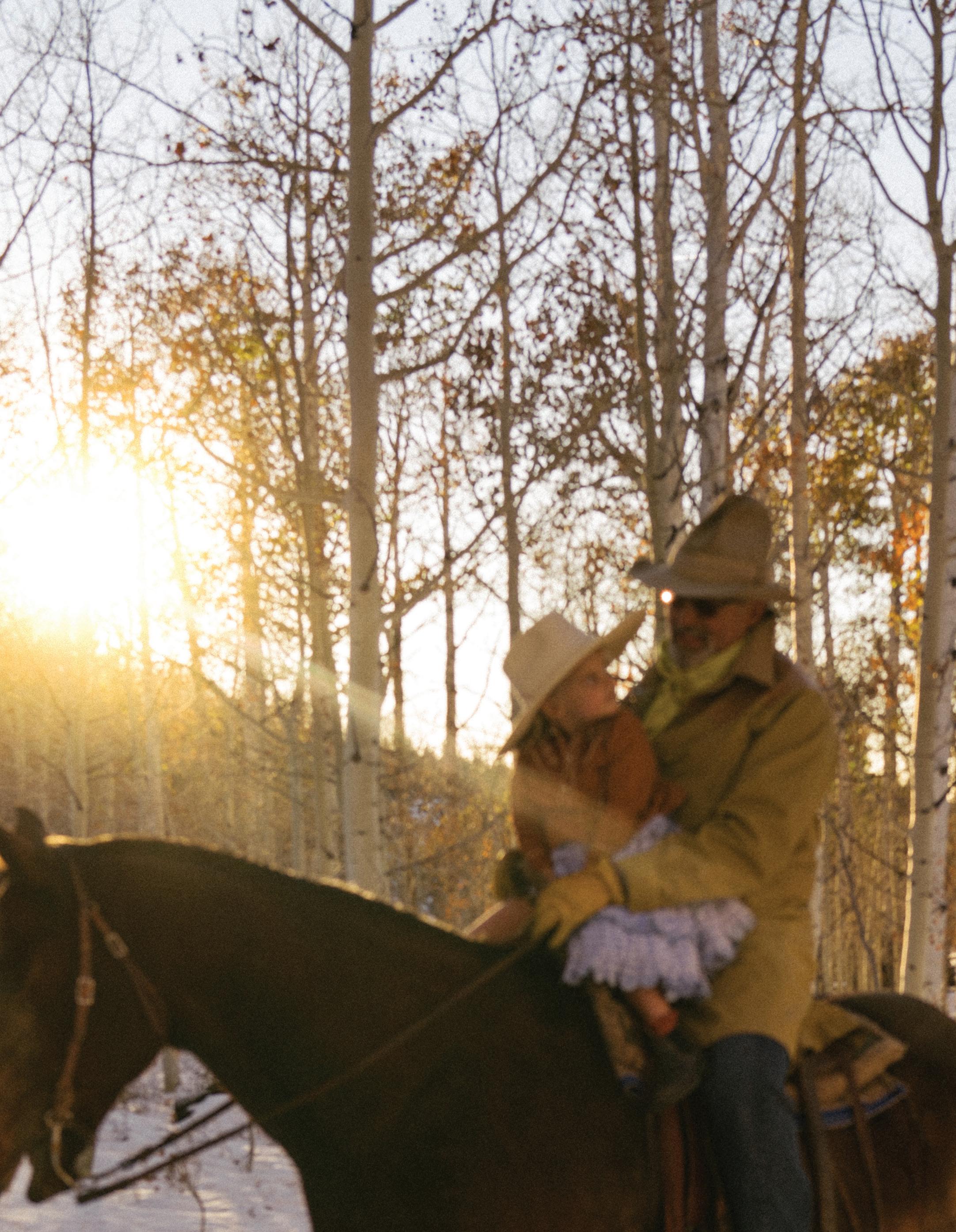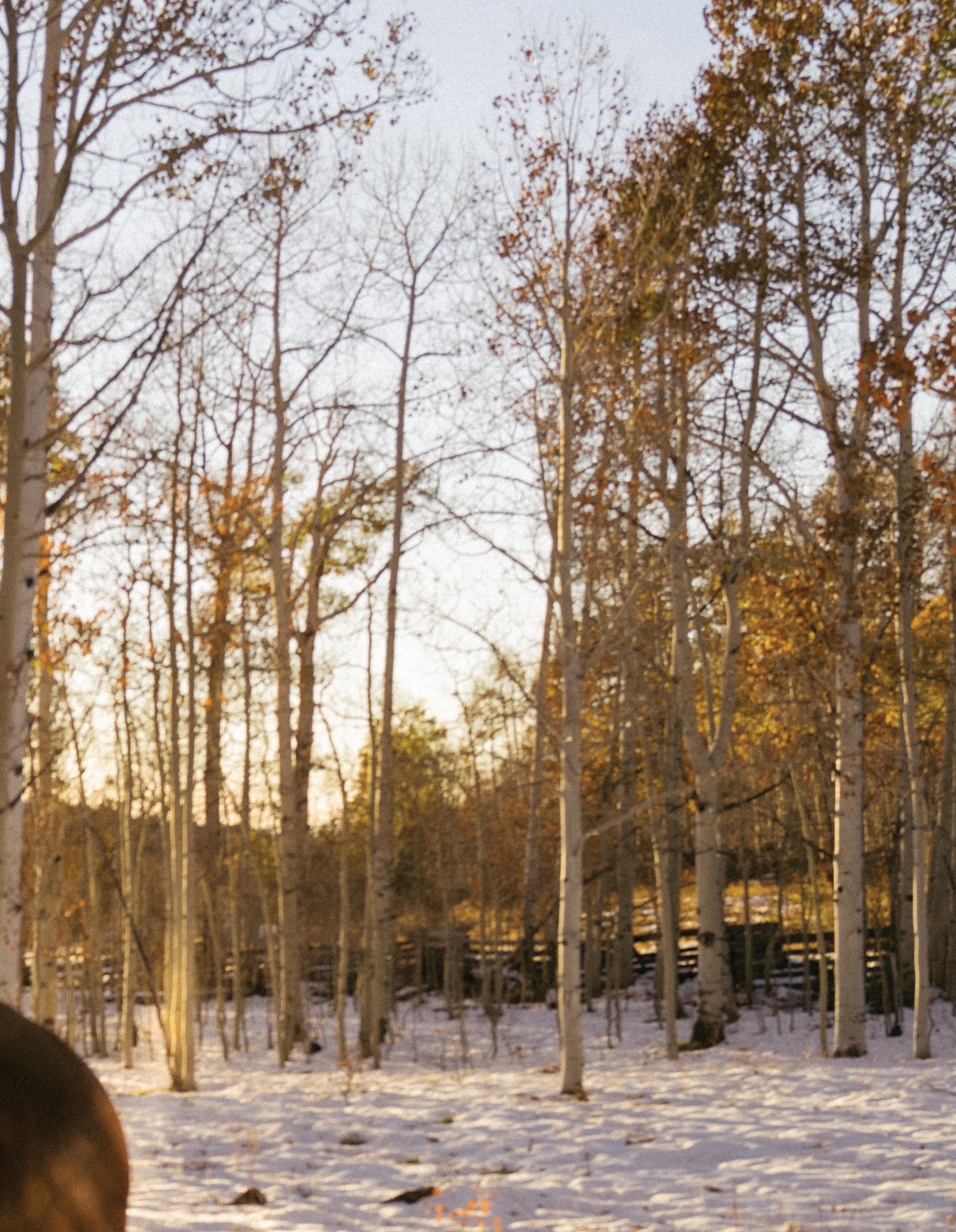
2 minute read
MEDICAL PREPAREDNESS FOR FAMILIES
By Mike Gale, AEMT
SWUPHD Emergency Preparedness Director
Advertisement
In emergency situations, we rely heavily upon trained professionals such as law enforcement, emergency medical technicians, and firefighters to have the right equipment and knowledge to handle the situation. In a previous role working as an EMT, I experienced first hand that the term “first responder” is a bit of a misnomer. In fact, rarely was there a time when we were called to a scene where “bystanders” weren’t the first to render aid; many times this included family members. Some people may be hesitant to jump in and help because they do not have professional experience, but with a little training and a good first aid kit, bystanders and family members can provide lifesaving care and comfort until help arrives. Family members are also an important source of information for the professional responder because they can share critical medical history and background on the patient. There are many ways that family medical preparedness can improve what could be the worst day of someone's life. Here are some ideas and resources to consider. The first responder is YOU! Be Informed There are many training courses that introduce the basics of emergency medical care and can be taken online or through local providers. Here are a few to start with: First Aid and CPR: A great course that covers many emergency medical situations and how to handle them. Courses are certified through American Heart Association, Red Cross, and National Safety Council. Locally, Dixie Tech has regular classes available at dixietech.edu. You Are the Help Until Help Arrives: Online FEMA course that teaches 5 simple steps to save a life.

Have a Plan
community.fema.gov/until-help-arrives
Sit down with your family and talk about what medical risks your family could face. Talk about what health conditions members of your family have and what to do if they experience a medical emergency. Talk with your kids about when to call 911 and what information they will need to provide (such as your address or location). Make sure everyone knows where your first aid kit is, how to use it, and how to get help. Get a Kit Having a quality first aid kit on hand wherever you are is an important part of emergency preparedness. We recommend you have a kit that stays in your home, one in each vehicle, and a small portable kit that you can take with you on outings. There are many different types of first aid kits with varying levels of quality. Band-aids will likely be the most frequently used items, but consider getting “Stop the Bleed” supplies that include a quality tourniquet, pressure bandage, medical shears, gauze, gloves, and an emergency blanket. If there are rescue medications such as epi pens or inhalers prescribed to a family member make sure everyone knows where they are located and how to use them.
Stop the Bleed: A one-hour class on how to recognize and stop life threatening bleeding by using direct pressure, wound packing, and tourniquets. There are in-person classes as well as a hybrid course with an online portion followed by in-person skills training. To find a course and get a kit go to
stopthebleed.org.
Narcan/naloxone: Training on how to administer Narcan/naloxone to suspected opioid overdose patients. To learn about how to get a kit and training visit
utahnaloxone.org
With a little time and effort you can increase your family's preparedness to deal with medical emergencies.









